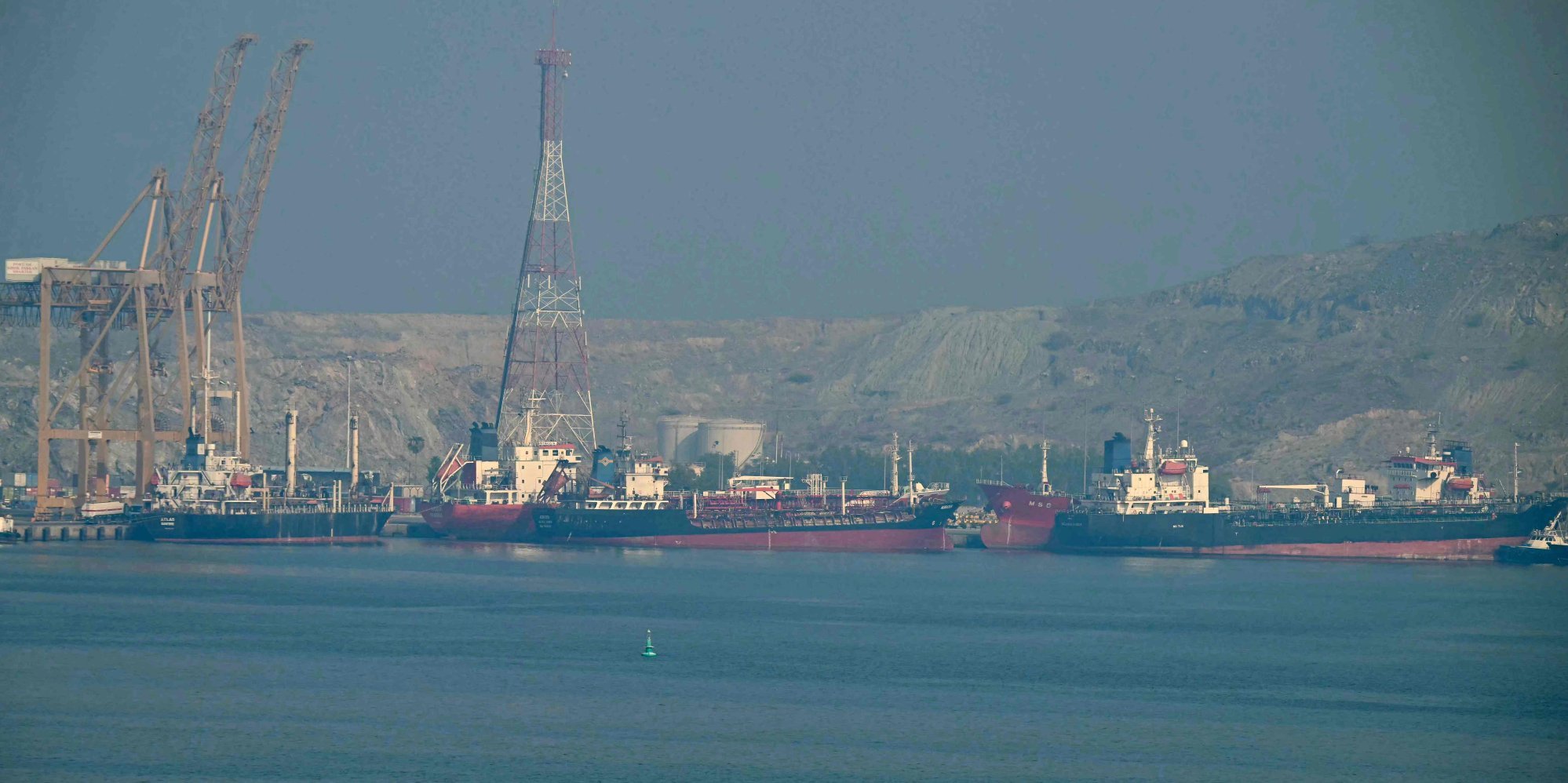Indo-Pacific or Middle East? US dilemma leaves Philippines exposed
As US attention and resources pivot to a volatile Middle East, experts warn of a strategic vacuum in the Indo-Pacific

The Philippines could suffer a setback in its efforts to counter Beijing’s assertiveness in the South China Sea if the United States shifts its attention from the Indo-Pacific to the Middle East, observers have warned.
Iran on Tuesday retaliated against US strikes on its nuclear facilities by launching at least six missiles at an American base in Qatar, but Doha said the attack had been thwarted. The spectre of a closure of vital shipping artery the Hormuz Strait, meanwhile, also looms over the conflict.
Iran’s Supreme Leader Ayatollah Ali Khamenei has said he will ask Russian President Vladimir Putin for additional support.
Later on Tuesday, US President Donald Trump claimed that Israel and Iran have worked out a “complete and total ceasefire”. But Iran’s foreign minister said there would be no cessation of hostilities unless Israel stopped its attacks while Israel said hours after Trump’s announcement that Iran had launched missiles towards it.
Though the US remains rhetorically committed to the Indo-Pacific as its “priority theatre”, experts caution that it is not immune to strategic overstretch.

“In a worst-case scenario, the US could become increasingly reactive to events in the Levant and Gulf, allowing China to exploit windows of inattention in the South China Sea,” Arnaud Leveau, an assistant professor of geopolitics at the Paris Dauphine University, told This Week in Asia.
“This risk underscores the need for burden-sharing and long-term coordination with allies,” he said. “A distracted America may act as a stress test for regional deterrence architectures and accelerate calls for more strategic autonomy from their allies in Europe and Asia.”
While there had been similar concerns over the Ukraine-Russia war, US involvement in that conflict was largely indirect, noted Muhammad Faizal Abdul Rahman, a research fellow at the S. Rajaratnam School of International Studies in Singapore.
But Faizal told This Week in Asia it might be a different scenario for the Middle East.
Previous US administrations, he pointed out, had attempted to shift focus away from the Middle East towards the Indo-Pacific. However, major developments in the region – along with the influence of a strong pro-Israel lobby on US foreign policy – continue to draw Washington back.
“When the US launched Operation Midnight Hammer, it had the limited objective of obliterating Iran’s nuclear capabilities and compelling Iran to surrender,” Faizal said, referring to the American strike over the weekend on Tehran’s nuclear bunkers.
“What the US fails or refuses to see is that Iran considers the US as working in tandem to cause regime change, and that the Iranians are a proud people. If Iran’s pride and perception of existential crisis clash with Trump’s strongman ego and pro-Israel stance, the Middle East conflict would likely escalate or at least prolong.”
A prolonged conflict, he warned, would likely strain American resources and attention, making it more difficult for its partners in the Indo-Pacific to rely on US power to counterbalance Beijing’s presence in the South China Sea.
“The US might have anticipated this and therefore at the recent Shangri-La Dialogue urged Asian countries to raise their military spending to five per cent of gross domestic product,” Faizal said, referring to a key security summit in Singapore early this month.
China’s opportunity
Vincent Kyle Parada, a former defence analyst for the Philippine Navy, however, argued that the cost of the latest US re-entanglement in the Middle East would be more political and economic rather than military.
Regional actors, he said, did not want major armed conflict to break out in their backyard.
“And putting aside the financial and material strain on Washington’s resources, deliberate escalatory action against Iran only further destabilises the region, alienates the Arab states, and incurs significant reputational costs for the US to its domestic audience as well as the international community.”
It could also lead to skyrocketing oil prices and disruptions to the global market, he said, presenting China with the perfect opportunity to step in – much like it did following the Trump tariffs.

For Beijing, US entanglement in the Middle East could be seen as a strategic opportunity, Leveau said, as tensions in Gaza, Lebanon or the Strait of Hormuz tied down American naval assets and complicated the Pentagon’s “two-theatre” planning.
“China may interpret this as a chance to test thresholds in the South China Sea or around Taiwan, especially through grey-zone tactics that stop short of triggering open conflict,” Leveau said.
“That said, Europeans tend to view global security through the prism of interdependence. Destabilisation in one region often reverberates in another. Hence, it would be a mistake for Beijing to assume that Middle Eastern crises necessarily generate long-term American disengagement from Asia. On the contrary, they might lead to new forms of coalition-building that include Nato and EU naval cooperation in Indo-Pacific waters.”
Leveau added that for Manila, the perception of wavering US commitment – even if temporary – could have cascading effects.
“This is a pivotal moment. If the Philippines begins to doubt American reliability, it could open a window for stronger EU-Asean security dialogue and minilateral cooperation. A recalibrated US posture might thus accelerate the development of more plural security frameworks in the region – with Europe, Japan and South Korea playing a more visible, though still complementary, role,” he said.
Parada added that US-Philippine defence ties extended only as far as their strategic priorities aligned.
“The [Ferdinand] Marcos Jnr administration has always been prepared for this eventuality. It’s why Manila has been working to diversify its security partnerships and institutionalise cooperation with other like-minded states. South Korea, for example, has been taking on a greater and greater share of the market as far as Philippine military modernisation is concerned.”
.